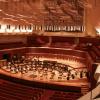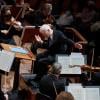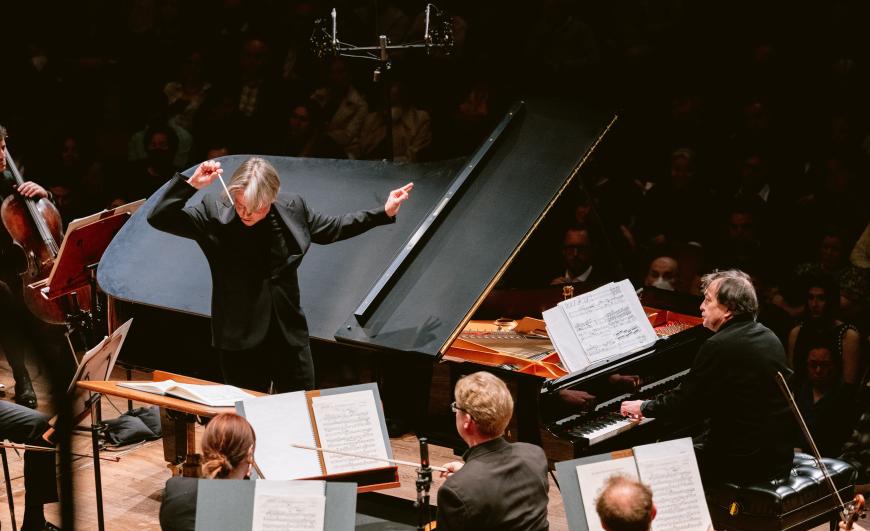
Energy was flowing through Davies Symphony Hall Friday evening as Esa-Pekka Salonen and the San Francisco Symphony played to a packed and enthusiastic crowd. The usual rapport between music director and orchestra was apparent as the band dug into three contrasting masterpieces of the first half of the 20th century.
The centerpiece of the program was Béla Bartók’s Second Piano Concerto, with the distinguished French pianist Pierre-Laurent Aimard at the keyboard. The piano part poses formidable challenges for the soloist, who is given almost constant streams of fast notes in knotty clusters. Eminently modernist in its dismissal of traditional tonality, the concerto keeps listeners (and pianist) on the edge of their seats with its surprising shifts of rhythm and mood. No one could miss the difficulty of the piece, but even as the music seemed at times to push the limits of possibility, Aimard and colleagues played with confidence and aplomb.
One of the joys of this concerto is the richness of its soundscape, novel for the mid-1930s. Bartók throws in a lot of orchestral surprises, for example in pairing the piano in duets with the timpani and bass drum. Amid the exciting abundance of musical activity, the broad outlines of the concerto’s structure were always made clear. Aimard played with great power and little visual fuss, making sure that the piano was heard even when the orchestra was at full volume — not always the case in piano concertos.
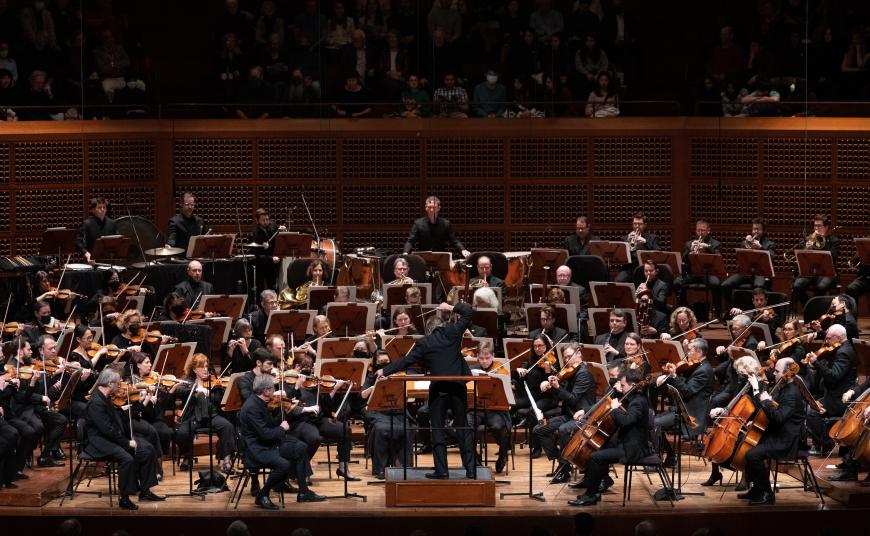
Bartók composed this concerto in the early 1930s and premiered it in 1933 in Frankfurt, a week before Hitler took power as chancellor. If the Führer had taken notice, it might have warned him of the formidable liberating power of art, for Bartók wrote in a spirit of confidence in human creativity and resilience … qualities that the Third Reich notoriously tried to eliminate.
Like the Bartók concerto, Sergei Prokofiev’s ballet music for Romeo and Juliet (first performed in 1938) took shape as the battle against fascism was becoming ever more inevitable. At times foreboding and lyrical, the music’s passion never wanes. Like his predecessor Tchaikovsky, Prokofiev reveled in big tunes and grand theatrical gestures — the overweening rhythms of the feuding families, the yearning love motifs for Romeo and Juliet, the manic energy that accompanies the death of Tybalt, and the dark lamentations over the deaths of the two lovers.
The orchestra was in top form for the Prokofiev — great string sections, brass that pumped the music with adrenaline, and woodwind soloists who enjoyed their moments in the limelight, playing with elegance and spot-on clarity.
Ballet music can seem pale without the dancers. Here, it didn’t — partly, I think, because the Shakespeare play is so well known that its tragic ironies can invest the music with meaning even when actors aren’t present.
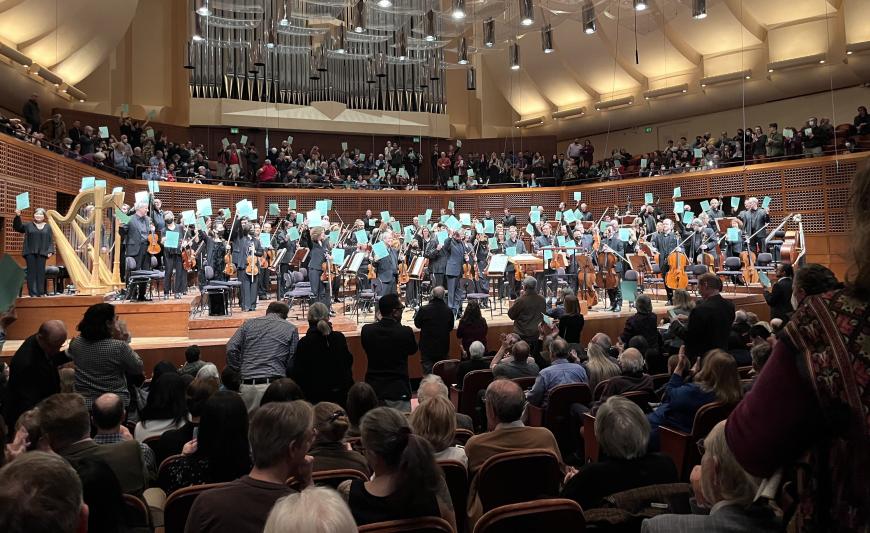
The evening began with dance music of another kind — Maurice Ravel’s Le Tombeau de Couperin, a tribute to the 18th-century French composer François Couperin. Completed in 1917, this suite of dances elegizes four of Ravel’s friends who died in the First World War. The small orchestra played the modernist-inflected, quasi-Baroque dances with much grace and just enough wistful regret. At the core was the fluid, silvery oboe playing of Eugene Izotov. The music was lightly guided by Salonen, his articulate hand gestures making up for the absence of the usual baton.
As is well known, the orchestra is in the midst of protracted contract negotiations. On Friday, patrons were greeted in the lobby of Davies by musicians distributing green leaflets that outlined their position. (The administration included its own position in a white paper inserted into the program.) After intermission, the orchestra walked onstage as a single body, holding green leaflets aloft and greeted with cheers by many in the audience. To everyone’s credit, the orchestra — despite the dispute — engaged with the music with its usual virtuosity and passion.


